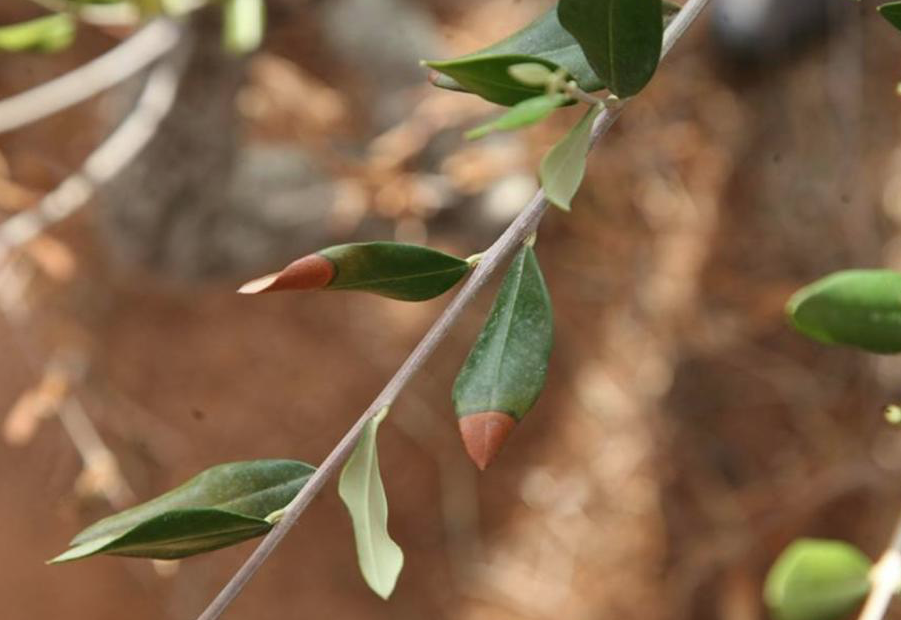The European Commission has eased emergency measures every EU country has to take after a finding or outbreak of Xylella. Fewer host plants need to be destroyed, and a buffer zone will not be locked for all host plants.
Until now, all host plants within a radius of 100 m had to be destroyed after a finding. In the event of an outbreak (if contaminated vectors are also present), a buffer zone with a radius of 5 km was also added. Following the latest investigations by the EFSA (European Food Safety Authority) and experiences with previous EU outbreaks, the European Commission has adjusted the emergency measures.
From now on, all infected plants and plants of the same species within a radius of at least 50 metres must be destroyed. If it is an outbreak requiring containment measures, a buffer zone of 5 km will be created. In the event of an outbreak subject to eradication measures, the buffer zone is 2.5 km. If it is an isolated outbreak, eradication measures have been taken immediately and no natural spreading has occured: a buffer zone of 1 km is sufficient.
If the infected zone has other host plants of the Xylella fastidiosa subspecies, and they are not immediately sampled for the presence of the bacterium, those plants also have to be destroyed within 50 m.
Plants of historial value may be left standing
If there are specified plants of historical value in the infected zone, the relevant EU country can decide not to destroy those plants. These plants may be left standing, but they must be intensively monitored and treated against possible vectors of Xylella (especially spittle bugs).
Planting and trading specified plants
The EU country can also decide that specified plants are planted in the infected zone. Those plants must have been grown in locations that are guaranteed to be free of Xylella and vectors. The plants must also be of species (and varieties) that are resistant to Xylella. They must also been grown on nurseries that have been sampled within the last two years and cleared from Xylella.
The trading and movement of plants in and out a demarcated zone (this is the infected zone and the buffer zone together) is only allowed for five years: when specified plants have been tested and declared free from Xylella, and if those plants have been grown under protected conditions.
EU: ’specified plants’ and ’host plants’
The EU has two different categories of plant species. ’Specified plants’ are all species known worldwide as host plants of Xylella fastidiosa. ’Host plants’ in the EU are species susceptible to a specific Xylella fastidiosa subspecies found in the EU (like multiplex or pauca).
 Photo by EPPO
Photo by EPPO




